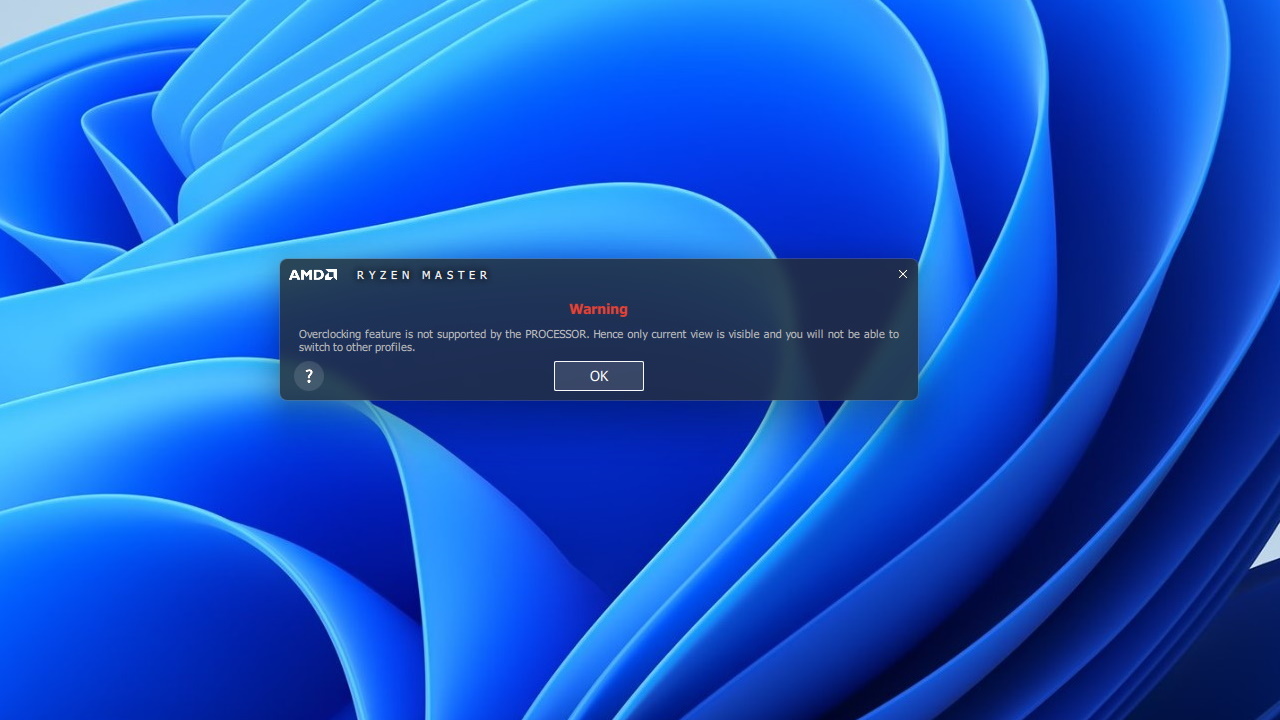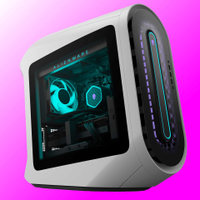AMD's Ryzen 7 5800X3D doesn't support overclocking or PBO. Zilch
AMD's newest chip doesn't overclock, undervolt, or support PBO.

The Ryzen 7 5800X3D is AMD's first consumer outing for its 3D V-cache technology, which adds another 64MB of L3 cache to its chips by physically mounting the cache on top of an existing CPU. The original CPU has been shaved down slightly to make room for this cache, to ensure that the overall package looks like any other Zen 3 CPU. This means it'll work with existing coolers on existing motherboards. All good so far.
There is a downside to adding this cache though, and that is that AMD has had to disable overclocking on the 5800X3D—indeed it's something Robert Hallock confirmed a month ago. This is because the frequency and voltages are so intrinsically tied to how this cache works that any tweaking of the CPU's settings can upset the timings and throw the whole thing off.
Not only can you not overclock the chip, but underclocking is also out, as is undervolting, and eeking more performance out of it using PBO, AMD's Precision Boost Overdrive. PBO is an automatic overclocking scheme that pushes the power budget of the chip for a boost to performance. It's been the preferred way of getting a bit more performance out of AMD's chips for the last couple of generations, and the fact it's not available here is somewhat surprising.
For many gamers, this isn't the end of the world, as plenty won't have gone near any form of overclocking it anyway, not even the fire and forget ease of PBO. It does mean there's little point in going overboard with the cooling of your system though, as there's no way of benefiting from such endeavours.
Before tinkerers turn their collective backs on the new chip though, there is some good news here, and that is that the Infinity Fabric and memory bus can still be overclocked. So if you don't want to get the most from the Ryzen 7 5800X3D there's still something to play around with. And playing around with the 5800X3D is certainly its reason for being, as that extra L3 cache can work wonders for some, but not all, games.
Where there's a will, there's a way pic.twitter.com/q7yYE6whpmApril 13, 2022
Some folk have had luck using BCLK overclocking to get a little extra performance out of their samples, however, which suggests that higher speeds are possible. For our part, on the Gigabyte X570 Aorus Master, we haven't had any luck pushing our chip any further through judicious waving of the BCLK stick.
But we're going to keep plugging away and see whether it will go anywhere.
Keep up to date with the most important stories and the best deals, as picked by the PC Gamer team.
Best gaming PC:
The top pre-built machines from the pros
Best gaming laptop:
Perfect notebooks for mobile gaming
Alan has been writing about PC tech since before 3D graphics cards existed, and still vividly recalls having to fight with MS-DOS just to get games to load. He fondly remembers the killer combo of a Matrox Millenium and 3dfx Voodoo, and seeing Lara Croft in 3D for the first time. He's very glad hardware has advanced as much as it has though, and is particularly happy when putting the latest M.2 NVMe SSDs, AMD processors, and laptops through their paces. He has a long-lasting Magic: The Gathering obsession but limits this to MTG Arena these days.



